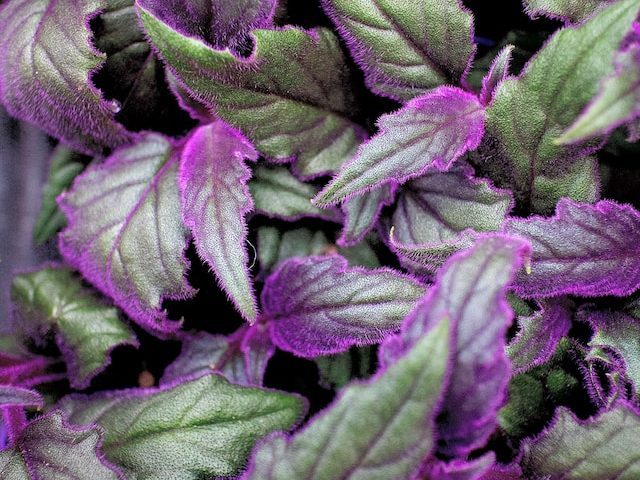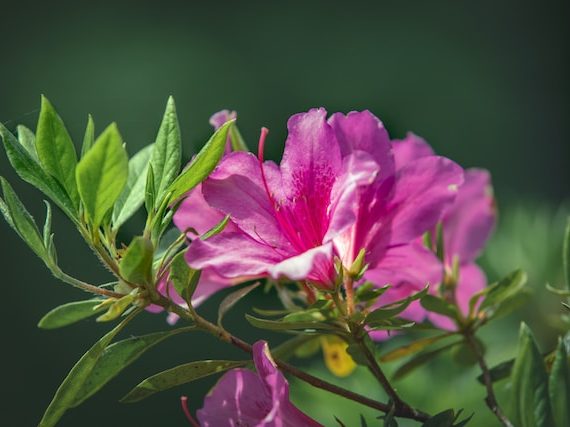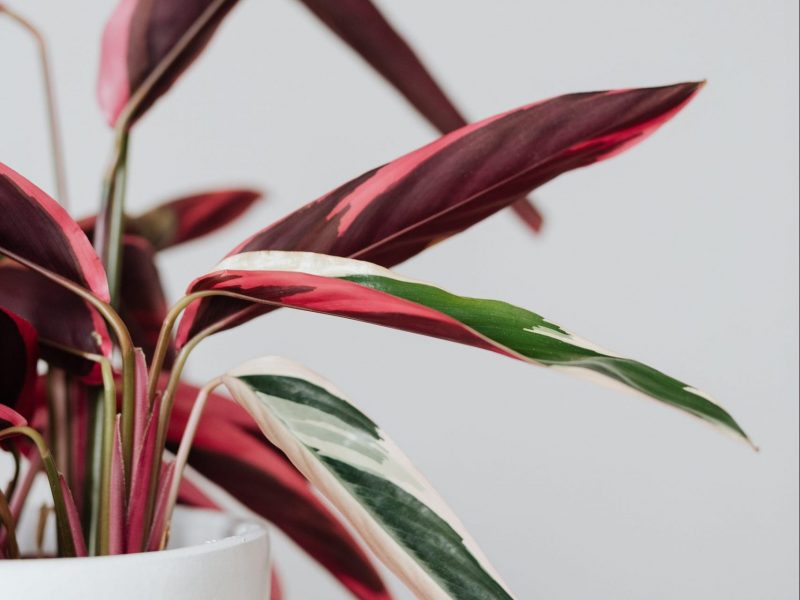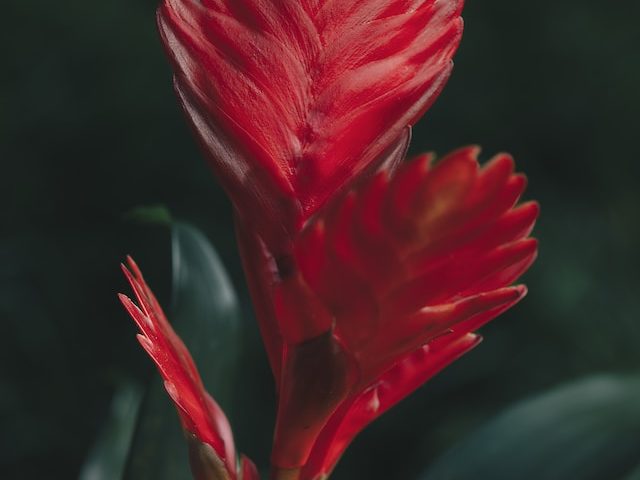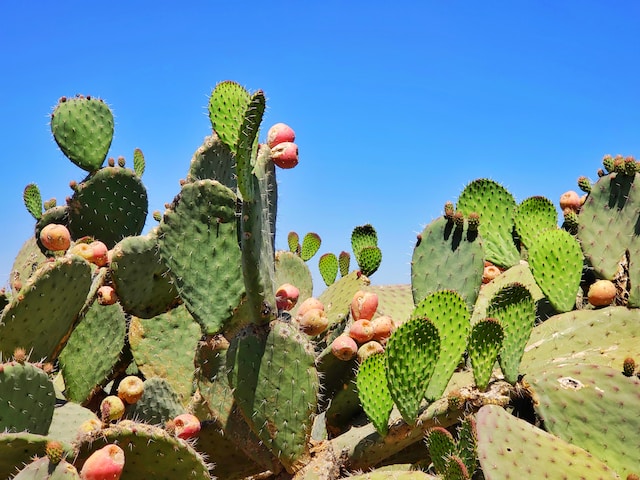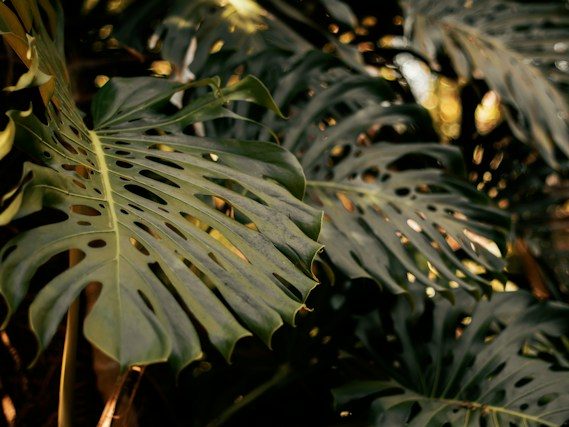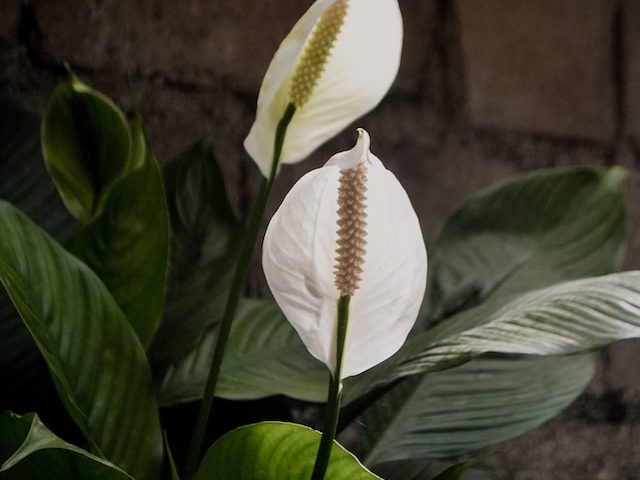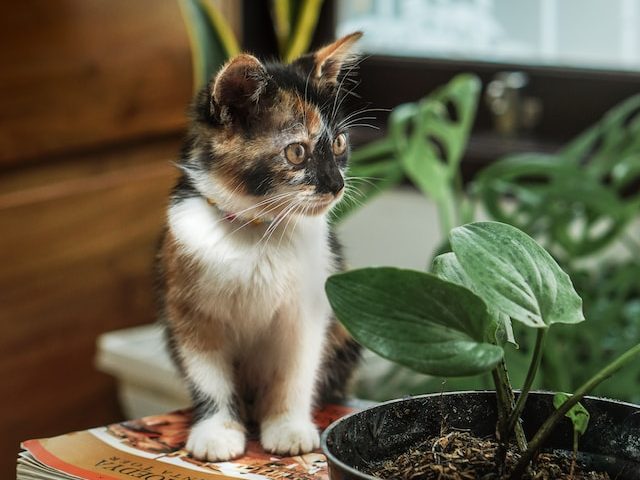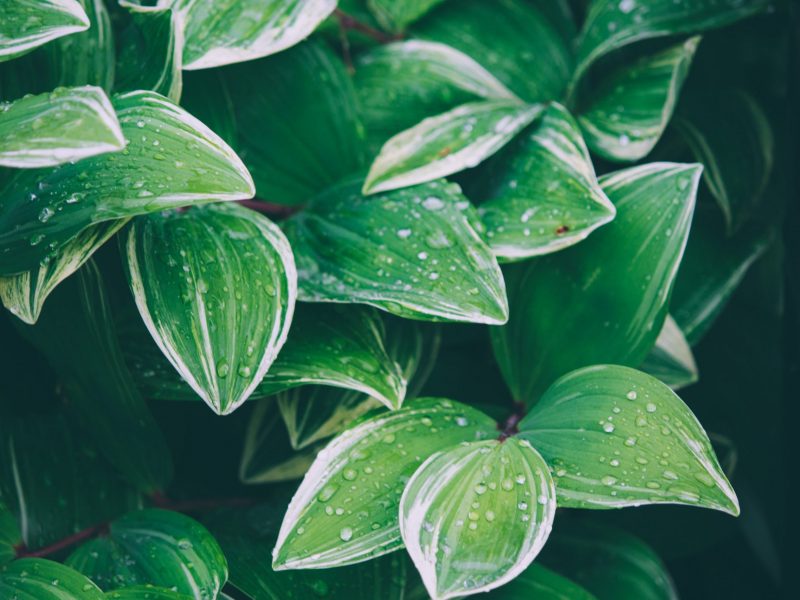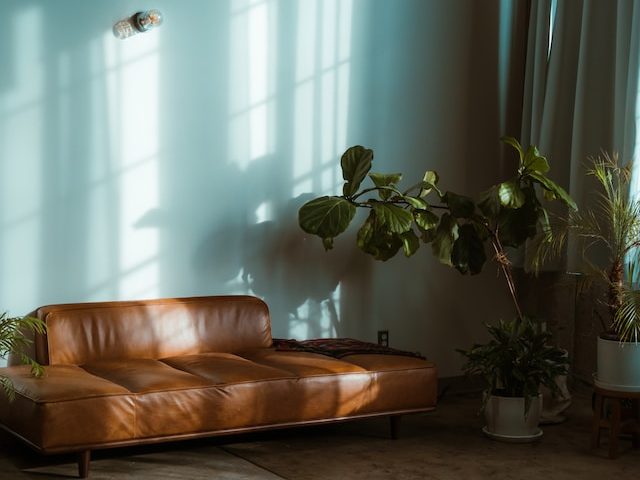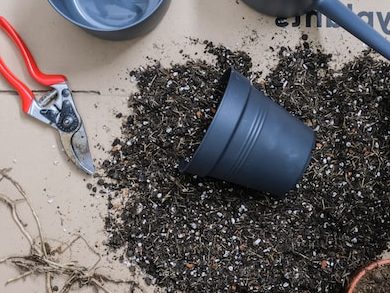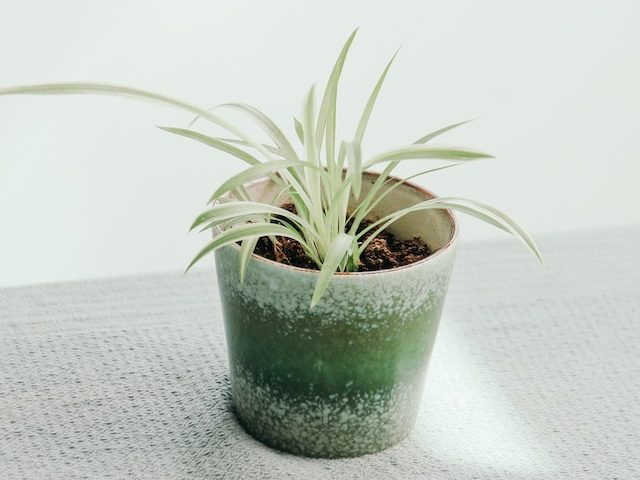Raindrop Peperomia
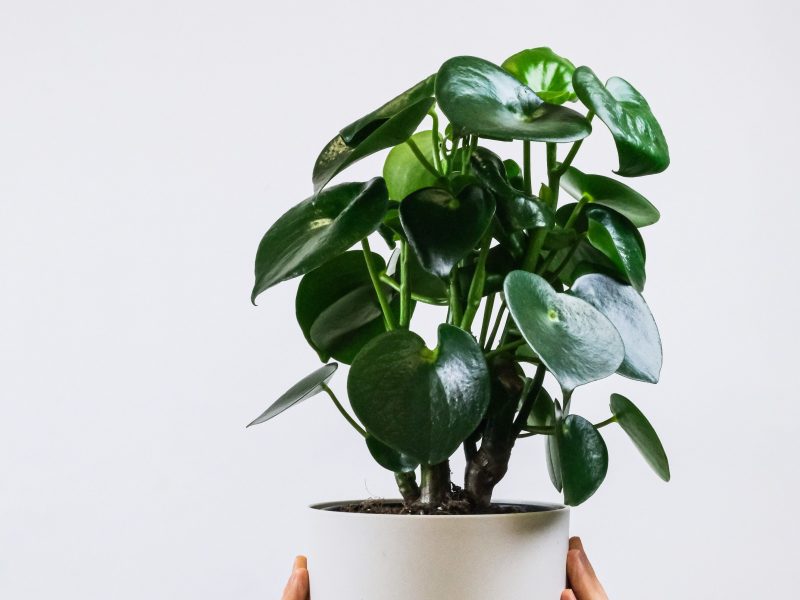
Introduction to Raindrop Peperomia Care
The Raindrop Peperomia, often also known as Peperomia Polybotrya, has become one of the most popular houseplants in recent years, mostly due to their incredible unique thick raindrop-shaped leaves that have a waxy and succulent texture.
Native to South America, its beauty is not its only appeal; thePeperomia Polybotrya is also noted for its hardiness and low maintenance requirements.
Why Choose a Raindrop Peperomia?
There are many reasons why the Peperomia Polybotrya makes for a great houseplant. Here are a few:
- Easy to care for: This plant is ideal for beginners as it thrives on minimal care and can withstand some less-than-ideal environments. It can tolerate low light and irregular watering.
- Compact size: Its small stature makes it perfect for small spaces, desktops, and even hanging baskets.
- Air purifier: The Raindrop Peperomia helps in purifying the air by absorbing toxins, making your living space healthier.
- Pet friendly: Unlike many houseplants, the Raindrop Peperomia is non-toxic to pets, making it a worry-free addition to any household.
Raindrop Peperomia Characteristics
This plant’s decorative appeal lies in its heart-shaped, glossy leaves that resemble glistening raindrops. These leaves, rich in green hue, grow on upright, succulent stems, creating an overall compact and tidy appearance.
Another characteristic of the Raindrop Peperomia that is widely loved is its manageable growth pattern. Unlike some other houseplants, it doesn’t grow overwhelmingly large but maintains a balanced, compact size, typically maxing out at about 12 inches tall.
Here are some more specifics about the Raindrop Peperomia’s key characteristics:
- Foliage: The glossy, heart-shaped leaves are the plant’s most striking feature. They’re thick, fleshy, and have a leather-like texture, reflecting the plant’s succulent nature.
- Height and Spread: This is a small-sized plant that grows up to 12 inches tall. It has a compact, bushy growth habit, and its spread is generally about the same as its height.
- Flower: While not its main attraction, the Raindrop Peperomia does produce flowers. The flowers are small, greenish-white, and grow on long, narrow stalks.
- Growth Rate: This plant is a slow to moderate grower.
Watering Your Raindrop Peperomia: Tips and Tricks
Raindrop Peperomia prefer to be kept on the drier side as they are susceptible to overwatering. Excessive watering can lead to root rot, a deadly disease for this plant and most other houseplants too.
Peperomia plants are native to tropical and subtropical regions, where they grow in moist but well-draining environments. In the wild, they often grow on rotting logs, making them accustomed to periods of heavy rains followed by dry spells. Therefore, mimicking this environment in your home can help your Peperomia thrive.
How Often Should You Water Your Raindrop Peperomia?
The frequency of watering your Raindrop Peperomia is largely dependent on the season and the growing conditions. However, a general rule of thumb is to water these plants when the top 1-2 inches of soil has dried out. This usually means watering once every 1-2 weeks during warmer months and once every 2-4 weeks during cooler months but adjust this depending on your individual plant and environment.
Watering Tips
- Water Deeply: When watering your Raindrop Peperomia, make sure to water it thoroughly. The water should run out of the drainage holes at the bottom of the pot. This ensures that the moisture is reaching all parts of the plant’s root system.
- Let the Soil Dry: Before watering again, allow the top 1-2 inches of the soil to completely dry out. You can check the moisture level by sticking your finger into the soil. If it feels dry, it’s time to water again. If it’s still moist, wait a little longer.
- Use the Right Water: If you live in a hard water area, Raindrop Peperomias will benefit from rainwater or distilled water. If you can’t provide these, tap water left out overnight to allow the chlorine to evaporate is also acceptable. If you don’t live in a hard water area then you don’t need to worry so much!
- Water in the morning. This allows the water to evaporate throughout the day, preventing the plant from sitting in water overnight, which can lead to root rot.
Creating the Perfect Environment
Light
Your Raindrop Peperomia is a fan of bright, indirect sunlight. Avoid direct sunlight as it can scorch the beautiful, glossy leaves of this plant during summer when the sun is out for much of the day and is a lot more intense than in winter
If you live in a low-light area (or during winter), you might want to consider using a grow light to supplement the light your plant receives.
Temperature
Raindrop Peperomias prefer warmer temperatures, ideally between 65 and 80 degrees Fahrenheit. They can tolerate lower temperatures, but growth may slow and look a little less healthy and vibrant. Avoid exposing your plant to sudden temperature changes or drafts, as they can stress the plant and cause leaf drop.
Humidity
This plant thrives in a high-humidity environment, typical of its tropical origins. Aiming for a humidity level around 40-50% will keep your plant happy. If your home’s air is too dry, you might consider using a humidity tray or a room humidifier to avoid issues such as brown leaf tips and brown leaf edges from developing.
Fertilizing Your Raindrop Peperomia
Think of fertilizing your Raindrop Peperomia as giving it a little extra boost to supplement its growth. While not an absolute necessity, the right kind of fertilizer can make a noticeable difference in the vitality of your plant and new growth.
You do need to be careful though when fertilizing your Raindrop Peperomia as overfertilization can lead to a buildup of salt in the soil, which may burn the plant’s roots and inhibit growth. On the other hand, under-fertilizing might result in slower growth and lackluster foliage so it all lies in the balance.
Choosing the Right Fertilizer
As a general rule, a balanced, water-soluble fertilizer will do the trick. Aim for a 20-20-20 mix, which refers to the proportions of nitrogen, phosphorus, and potassium. Nitrogen promotes lush, green growth, phosphorus aids in flower and root development, and potassium strengthens overall plant vitality.
Frequency of Fertilization
During the growing season, (spring to early fall), fertilize your Raindrop Peperomia once a month. However, during the colder months when growth slows down, stop fertilizing until next spring.
Application Method
When applying fertilizer, it’s best to water your plant first. This will prevent the fertilizer from coming into direct contact with the roots, reducing the risk of root burn. After watering, apply the diluted fertilizer as per the instructions on the packaging.
Picking the Perfect Pot for Your Raindrop Peperomia
The Size of your Pot
Your Raindrop Peperomia has a moderate growth habit and therefore doesn’t require a large pot. Ideally, select a pot that is slightly larger than the root ball of the plant. This allows for sufficient space for the roots to expand, without being overly spacious. Overly large pots can lead to overwatering issues as they retain more water and stability issues as the root system can spread too thinly throughout the pot.
Material Type
Next, consider the material of the pot. Ceramic or terracotta pots are typically recommended for Raindrop Peperomias due to their porous nature. These materials allow for excellent air movement, which helps prevent water from stagnating around the roots, a condition that can lead to root rot.
Drainage Is Essential
One essential feature that every pot should have is a drainage hole at the bottom (or a few). Regardless of the size or type of material, drainage is absolutely vital. Raindrop Peperomia doesn’t appreciate sitting in waterlogged soil, therefore, a pot with good drainage will allow any excess water to escape, thereby preventing potential root problems.
Color and Aesthetics
Lastly, while the practical aspects of the pot are undoubtedly important, don’t forget about aesthetics! A pot that complements the beautiful, heart-shaped leaves of the Raindrop Peperomia will enhance the overall presentation of your plant. Whether you prefer a classic terracotta look or a more vibrant color, choose something that suits your personal style and the decor of your home.
Pruning Your Raindrop Peperomia
Pruning your Raindrop Peperomia doesn’t have to be a complicated or daunting process. The primary function of pruning is to keep your plant healthy and attractive. Pruning involves removing dead or decaying leaves, encouraging new growth and maintaining the desired shape of your plant. While it can be a little scary to cut parts off your plant, it’s actually beneficial in the long term when done the correct way.
When to Prune:
The best time to prune your Raindrop Peperomia is during the spring or summer months, when the plant is actively growing. Pruning during the plant’s dormant period, typically in the winter, can cause undue stress to the plant. However, if you have spotted some dead or dying leaves, prune these regardless of the season.
How to Prune:
- Identify the parts of the plant that require pruning: Look for browning or yellowing leaves, which indicate that these areas are dying or decaying. Also, if your Peperomia is looking a bit too sprawling for your liking, identify areas that can be trimmed back.
- Use clean, sharp scissors or pruning shears: Cleanliness is essential to prevent the spread of plant diseases. Use a sharp tool to make clean cuts without damaging the plant’s tissues.
- Make your cuts at a 45-degree angle: This encourages new growth and helps the plant heal more quickly.
- Dispose of the pruned material: Do not leave the pruned leaves or stems on the soil as they can attract pests or cause disease. Dispose of them properly to maintain a clean growing environment.
Toxicity of a Raindrop Peperomia
The Raindrop Peperomia is not toxic to humans or pets. This feature makes it an ideal household plant, especially for homes with children, dogs, cats or other pets. However, it’s always a good idea to encourage kids and pets to leave plants alone as a general rule. While the Peperomia is not poisonous, ingestion of any plant matter can lead to mild gastrointestinal discomfort.
Accidental Ingestion
If a child or pet accidentally ingests a piece of Raindrop Peperomia, rest easy. The plant is non-toxic and should not cause severe health problems. However, consuming any plant can lead to discomfort in some cases, especially in large quantities. Symptoms may include nausea, vomiting or diarrhea. If these symptoms persist, it’s recommended to seek medical or veterinary assistance.
Handling the Plant
Handling a Raindrop Peperomia is perfectly safe. The plant doesn’t have any known skin irritants. That being said, individuals with sensitive skin may want to wear gloves as a precautionary measure.
Environmental Impact
From an environmental perspective, Raindrop Peperomia is a sustainable choice. Since it’s non-toxic, it poses no threat to local wildlife or ecosystems if it were to escape cultivation, a factor that should put environmentally-conscious plant enthusiasts at ease.
In conclusion, the Raindrop Peperomia is a safe, non-toxic plant suitable for households with both children and pets. Its beautiful glossy leaves can be enjoyed without the worry of any health issues, making it an excellent option for indoor gardeners.
Raindrop Peperomia Flowers
Peperomia Polybotrya is a beautiful houseplant that’s renowned for its foliage more than its flowers. However, the flowering aspect of this plant is not to be completely overlooked.
Despite not being the show-stealers, Raindrop Peperomia flowers carry a unique charm. The flowers of this plant are not brightly colored or extravagantly shaped. Instead, they are subtly elegant, adding a touch of understated beauty to your indoor greenery.
The flowers are slender, spiky, and can grow up to 2-3 inches tall. These spikes, or inflorescences, are known as ‘rat tails’, and are a light green color, blending in with the rest of the plant. They typically bloom during the summer months but note that the blooming cycle and frequency is very unpredictable.
Here’s what you need to know about Raindrop Peperomia’s flowers:
- Blooming Season: Raindrop Peperomia usually blooms in the summer, but it can also flower at other times of the year indoors if the conditions are right.
- Flower Appearance: The flowers are rat-tail like spikes that grow tall. They are light green in color, almost camouflaging with the foliage.
- Significance: Flowering is a sign that your Peperomia Polybotrya is happy with its care but this doesn’t mean that a non-blooming plant is unhappy.
Raindrop Peperomia FAQs
Quick and simple answers to the most common questions we get asked about the Raindrop Peperomia and its care.
How much water does a Raindrop Peperomia need?
Raindrop Peperomia plants need to be watered moderately as they don’t like super soggy soil but also will struggle if the potting mix is too dry for too long. Monitor the moisture levels in the soil to figure out how much water your plant needs and make sure to increase this during summer.
Can a Raindrop Peperomia survive in low light?
Whilst Peperomia Polybotryas can adapt to lower light levels, you’ll often see small or stunted growth. Ideally, you’ll want to find a spot with bright but indirect light for your Raindrop Peperomia to avoid it being burnt by direct sunshine.
Is the Raindrop Peperomia toxic?
Luckily Raindrop Peperomia plants are completely safe and non-toxic for pets and humans!
Is the Raindrop Peperomia easy to care for?
Whilst they aren’t totally low maintenance, the Peperomia Polybotrya is definitely a bit easier to care for than a Pilea (Chinese Money Plant) as they can adapt to a wider range of environments.
How big does a Raindrop Peperomia get?
Raindrop Peperomia plants don’t really get that big and you won’t see them often grow about 1 foot, making them perfect for small spaces and homes.
Common Problems with your Raindrop Peperomia
Here are some common issues that you might run into. It’s important to diagnose any issues early to give your plant the best chance of bouncing back.
Why does my Peperomia Raindrop have yellow leaves?
The most common cause of yellow leaves on a Peperomia Raindrop is overwatering. Check the soil to see whether is it waterlogged and clumpy and replace if necessary. Adjust your watering schedule going forward and continue to monitor how long it takes for the soil to dry out before watering again.
My Raindrop Peperomia has spots on the leaves
Aside from watering issues which can cause brown or yellow spots on the leaves, another common cause is pests. Spider mites and mealybugs are known to infect Peperomia Polybotrya so inspect the leaves (especially the undersides) to see if you can spot any pests. Isolate your plant to stop the spread to other plants, wash it down and treat with insecticide.
My Raindrop Peperomia has very small leaves
Small growth can be caused by a range of factors. Either you are fertilising too much or it is caused by a lack of sunlight. Small and leggy growth is common in winter as your plants will be getting less light. Move your Peperomia Polybotrya to a brighter spot and trim away the small growth if you prefer.



